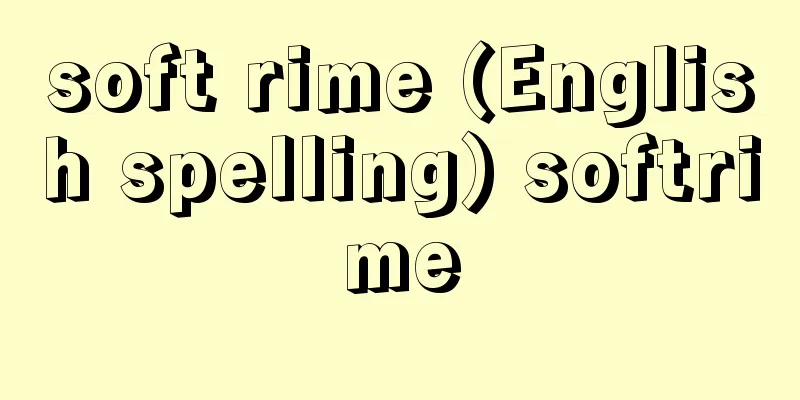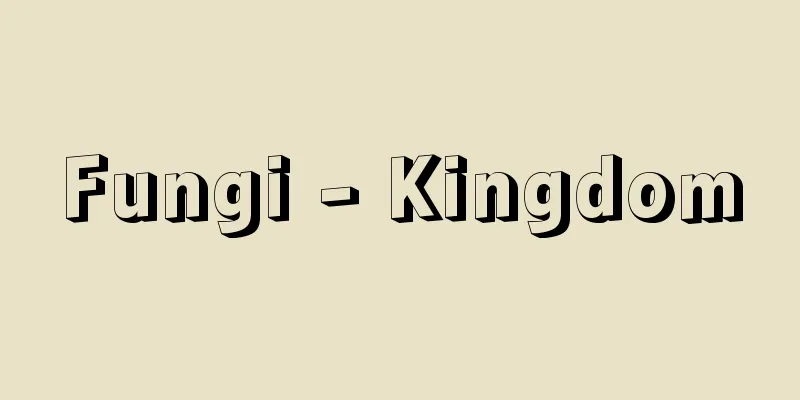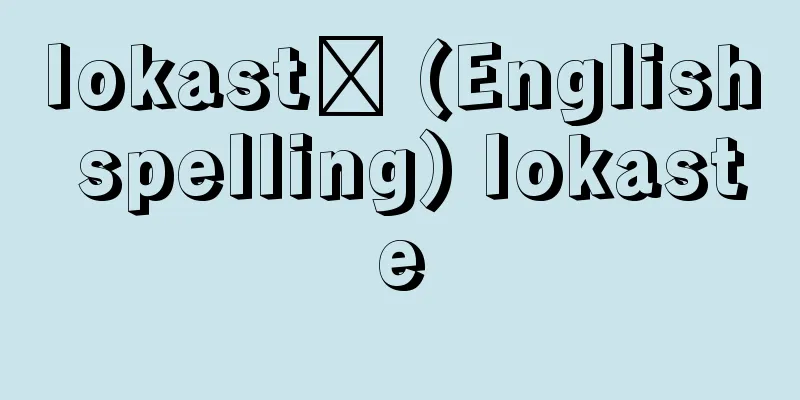White-collar crime

|
Crimes committed by people with high social standing and a good reputation in the course of their work. Traditionally, crimes were thought to be committed by people of relatively low social classes, such as social misfits and outcasts, but in his 1939 book White-collar Crime, American sociologist of crime E.H. Sutherland pointed out that criminal behavior is not only seen among the lower social and economic classes, but also among the upper classes, and he named it after the characteristic style of clothing. People who belong to the middle and upper classes, such as company executives, politicians, and bureaucrats, who have power and wealth, use their status and authority to commit crimes mainly for economic gain. There are many types of crimes, such as economic crimes, fraud, embezzlement, breach of trust, bribery, and various types of tax evasion. Since crimes are committed in the course of legitimate business activities or administrative execution, it is difficult to determine whether they are legal or illegal, and since the perpetrators have the noble cause of doing something for the company, or feel little guilt due to the numbness of their senses in a gift-giving society, these types of acts are likely to be repeated. In particular, economic crimes are not ostracized by their peers, which is a striking difference from those who commit other crimes. Victims are often companies, countries, or local governments, rather than individuals; that is, citizens, consumers, and taxpayers in general. The damage is enormous in both monetary value and social harm, but because it occurs over a wide area and over a long period of time, it is difficult to notice. Even if it actually reflects on tax amounts and product prices, the victim himself does not realize it and does not feel much victimized. The damage can lead to distrust in the government and social and economic systems, a decline in law-abiding spirit, and even to the collapse of society. However, society is lenient in its response to this type of crime, and perpetrators are rarely considered criminals. In addition, because it is committed secretly among a small number of people, it is difficult to detect, and even if suspicions are raised, it is difficult to collect evidence, so it is highly likely that it will not be brought to the criminal justice process and will remain a hidden number. In terms of legislation, it is also difficult to determine strict and clear criminal elements for acts within economic activities. The criminal justice system also treats these types of crimes leniently, as evidenced by the high rate of suspended sentences for these crimes (for example, over 90% for bribery). This is said to be because judges belong to the same social class, and because perpetrators can use their financial resources to hire skilled lawyers. In order to prevent this type of crime, it is said that strict application of the law and a change in the mindset of both perpetrators and victims are necessary. [Shuichi Susuki] "White-collar Crime" by Sutherland, translated by Ryuichi Hirano and Koji Iguchi (1955, Iwanami Shoten) Source: Shogakukan Encyclopedia Nipponica About Encyclopedia Nipponica Information | Legend |
|
名望ある社会的地位の高い人が、その職業上犯す犯罪。犯罪は従来、社会不適応者や社会からの落後者など比較的低い階層の者によって犯されるものだと考えられていたが、アメリカの犯罪社会学者E・H・サザランドは、1939年の著書『ホワイトカラーの犯罪』のなかで、犯罪行動が、社会的・経済的下層者の間ばかりでなく、上層者の間にも広く認められることを指摘し、その服装上の特徴をとらえて、このように命名した。企業の幹部、政治家、官僚など、中・上層階級に属し、権力・財力をもつ者が、その地位や権限を利用し、おもに経済的利得を目的として行われる。経済事犯、詐欺、横領、背任、贈収賄、各種脱税などの罪種が多い。適法な企業活動や行政執行の過程で行われるため、適法・違法の判断をつけにくく、しかも本人は企業のためという大義名分をもち、あるいは贈答社会のなかでの感覚の麻痺(まひ)からほとんど罪悪感をもたないので、この種の行為は繰り返し行われやすい。とくに経済事犯の場合、そのために仲間集団から排斥されることがないというのが、他の犯罪をした者との著しい相違である。個人よりも企業・国・地方自治体の単位で、つまり国民・消費者・納税者一般が被害者となることが多い。被害は金額、社会的有害性ともに莫大(ばくだい)であるが、範囲が広く、長期間にわたって生じるため、目につきにくく、実際にはそれが税金額や製品価格に跳ね返ってきたとしても、被害者自身それに気づかず、被害感情は弱い。被害は、行政や社会・経済体制への不信感の醸成、遵法精神の低下、ひいては社会解体の招来にも及びうる。しかし、この種の犯罪への社会の対応は寛大で、行為者を犯罪者とみなすことも少ない。また、少数の者の間で隠密裏に行われるため、発覚しにくく、疑惑がもたれても証拠収集の困難が伴い、刑事司法過程に上らず、暗数にとどまる可能性が高い。立法上も、経済活動のなかでの行為に対しては、厳密・明確な犯罪構成要件の確定に困難が伴う。刑事司法における取扱いも寛大で、この種の犯罪への執行猶予率の高さ(たとえば収賄罪では90%以上)がそれを示している。これは、裁判官が同じ階層に属すこと、行為者が財力にものをいわせて練達な弁護士を雇えることなどが理由といわれる。この種の犯罪の防止のためには、厳格な法適用と、行為者・被害者双方の意識の変革が必要だとされる。 [須々木主一] 『サザランド著、平野龍一・井口浩二訳『ホワイト・カラーの犯罪』(1955・岩波書店)』 出典 小学館 日本大百科全書(ニッポニカ)日本大百科全書(ニッポニカ)について 情報 | 凡例 |
<<: White gold (English spelling)
Recommend
Kajishi coin - Kajishisen
…In medieval manors, the headman was responsible ...
Impactor - Impactor
...An instrument that measures the amount of fine...
ecdysial gland
...Afterwards, it was found in other insects and ...
"Family Theory" - Kazokuron
...the city was considered a place where citizens...
Yoshie Okazaki
A scholar of Japanese literature. Born in Kochi C...
Different time and same time projection method
...These picture formats and painting styles grad...
scull
…canoes are not included. The word sculling is us...
Graffiti
A text input method used in PalmOS. When you write...
Verbascum thapsus (English spelling) Verbascum thapsus
… [Eiichi Asayama]. … *Some of the terminology th...
Treasure mountain
Sake from Niigata. The sake is named after Mt. Tah...
Menger - Menger (English spelling) Carl Menger
Austrian economist and founder of the Austrian Sc...
Tanzania - Tanzania (English spelling)
A country in East Africa consisting of Tanganyika...
Offer - Offer (English spelling)
Generally, an offer is made by one of the parties...
Grain - Kokumotsu
A general term for annual or biennial herbaceous ...
Interstitial cells - Kansaibo
Glandular cells found in the testes of vertebrate...









